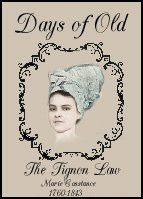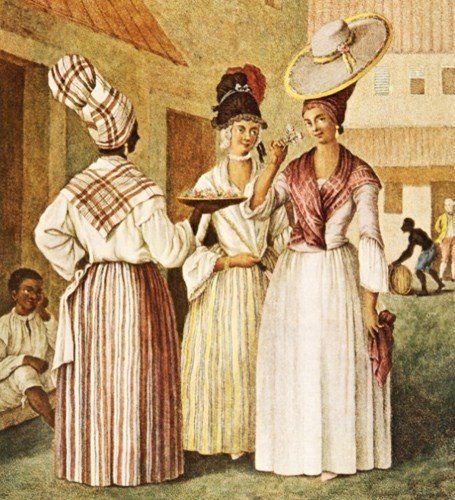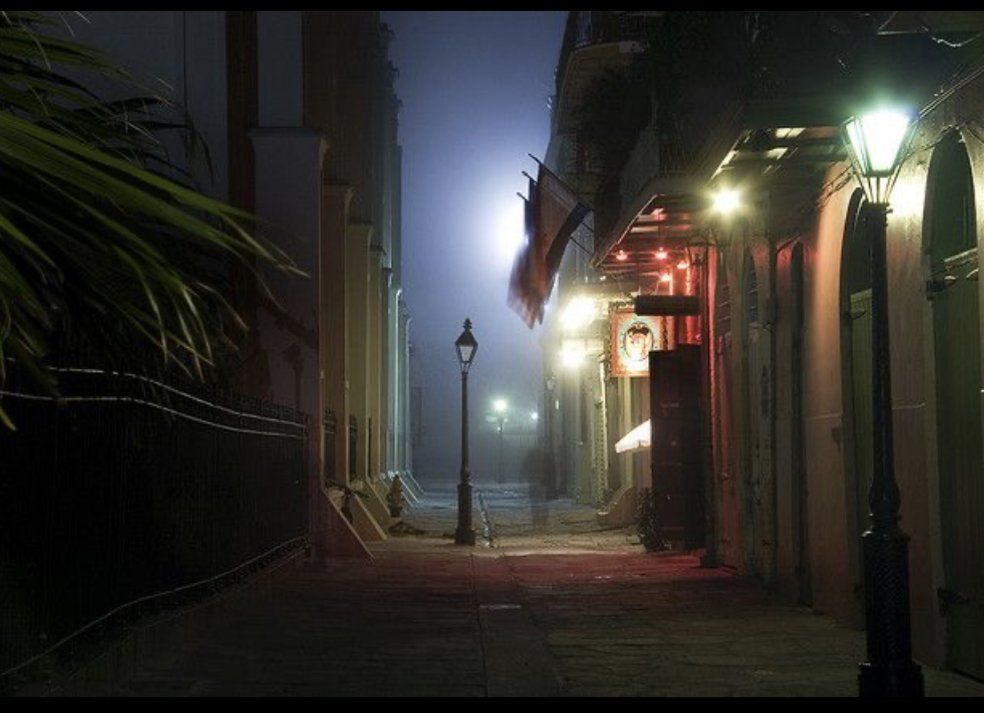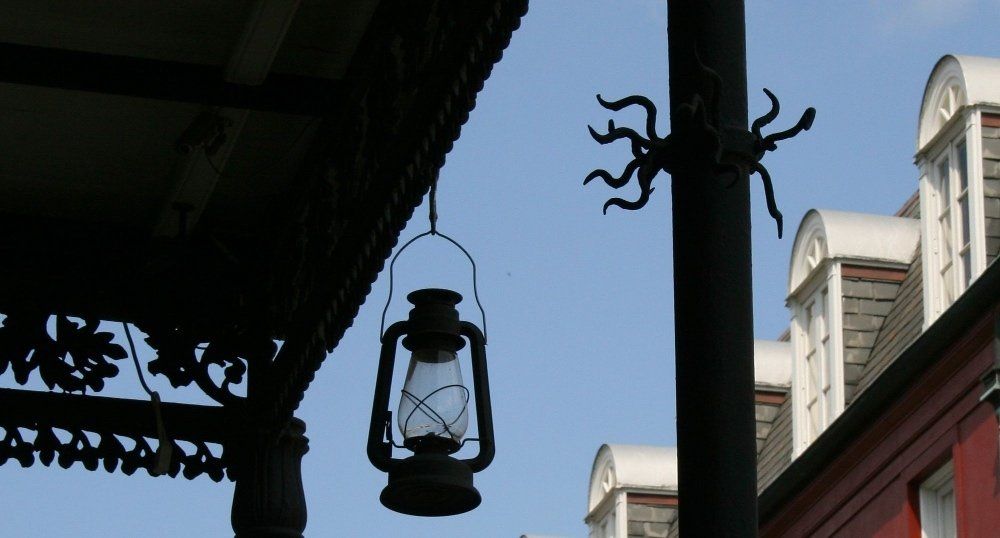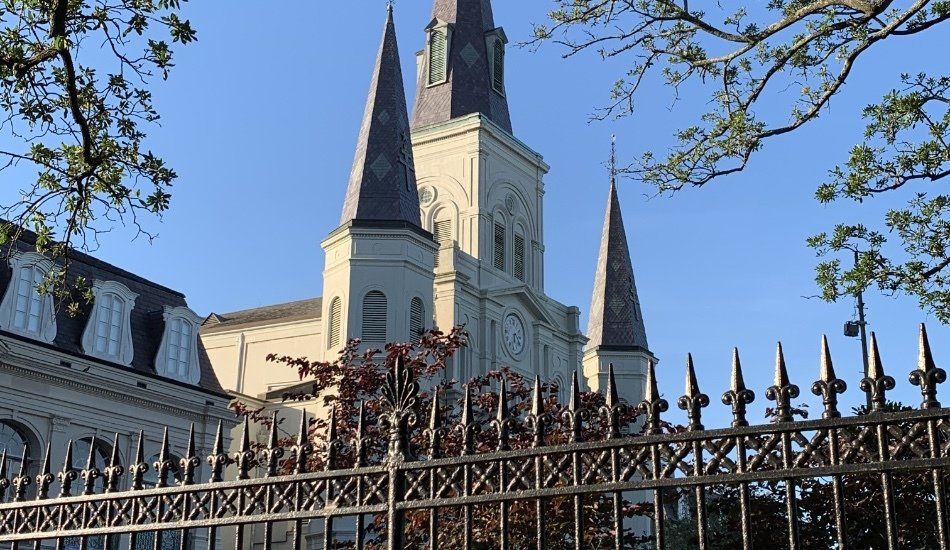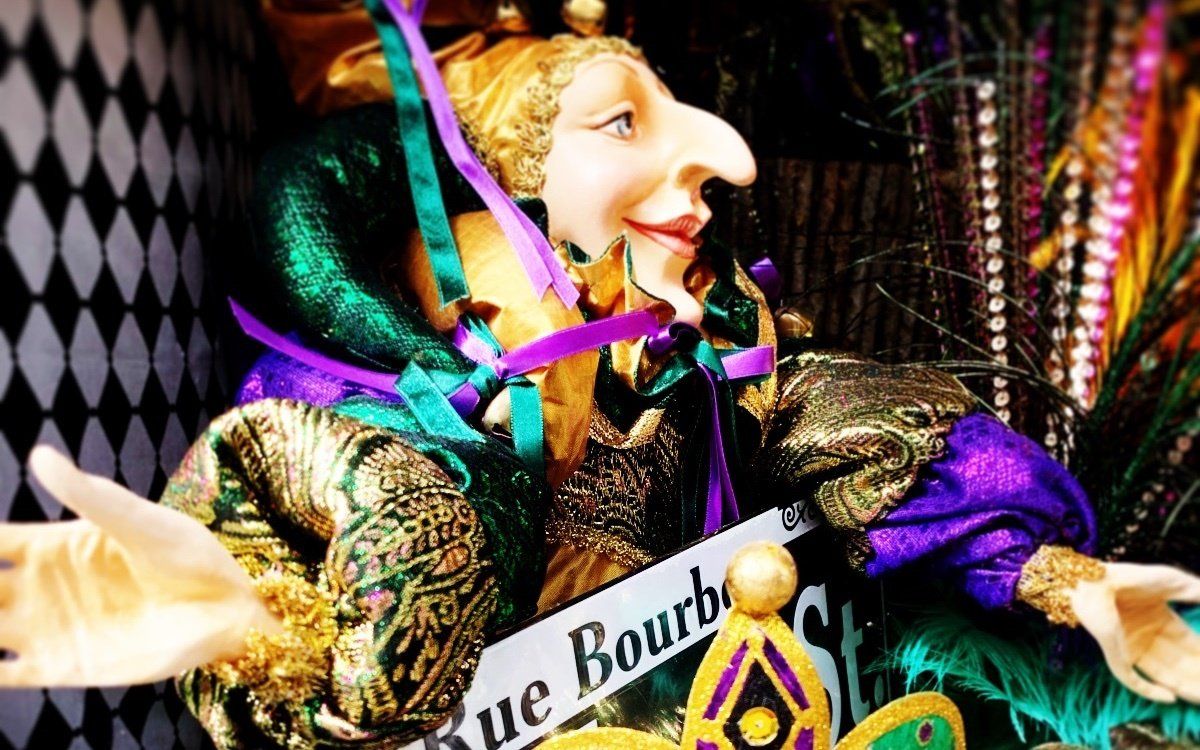Tignon Laws of Louisiana
Royal Tours New Orleans • October 11, 2016
Tignon Laws of Louisiana
The tignon was the mandatory headwear for Black Creole women in Louisiana during the Spanish colonial period, and the style was adopted throughout the Caribbean island communities as well. This headdress was required by Louisiana laws in 1785. Called the Tignon Laws, they prescribed appropriate public dress for females of color in colonial society, where women of color and some white women tried to outdo each other in beauty, dress, ostentation and manners.
Beginning in the 1800s, tignon was a local New Orleans word for the headwrap, a variation on the French word, chignon which refers to a smooth knot or twist or arrangement of hair that is worn at the nape of the neck.
According to the Code Noir, a mother’s slave condition passed to her newborn infant. But, due to the lack of White women in early New Orleans, it was common for White men to take a woman of color as a mistress. Many but not all of the children born from these relationships were free. The children would be classified as mulatto, quadroon, or octoroon according to the fraction of Black blood in the child. With so many quadroons and octoroons in the community, it was occasionally difficult to distinguish a free or slave Black woman from a White woman.
When Spain acquired Louisiana in 1763, the concept of coartación was introduced which acknowledged the right of slaves to purchase their freedom. The policy of self-purchase originated in the Spanish perception of slavery as an unnatural human condition. This method became a popular means for enslaved Blacks to gain their freedom.
By the time of the Louisiana Purchase of 1803, New Orleans free blacks constituted nearly 20% of the urban population while enslaved Africans and African Americans represented nearly 38% of the city’s residents. But, even years before, the increasing assertiveness of black New Orleanians and the growing numbers of free blacks alarmed Spanish officials. The then Spanish Governor attempted to restrict black mobility by suppressing free black assemblies and banning concubinage.
In an effort to maintain class distinctions in his Spanish colony at the beginning of his term, Governor Esteban Rodriguez Miró (1785 – 1791) decreed that female gens de couleur, slave or free, should cover their heads with a knotted headdress and refrain from “excessive attention to dress.” Miró criticized black women for their “idleness,” “incontinence,” and “libertinism” and demanded that they renounce their “mode of living.”
In 1786, while Louisiana was a Spanish colony, the governor forbade “females of color … to wear plumes or jewelry”; this law specifically required “their hair bound in a kerchief.” But the women, who were targets of this decree, were inventive & imaginative with years of practice. They decorated their mandated tignons, made of the finest textiles, with jewels, ribbons, & feathers to once again outshine their white counterparts and defy the law without actually breaking it.
Consequently, Miró’s decree had a somewhat different effect as what was intended as a means of controlling and identifying women gens de couleur became instead a fashion statement that remains to this day.
Thanks to Ms. Barbara Sarudy of the 19C American Women
blog for her contribution to this post.
To learn more about the history of New Orleans and the French Quarter, join Royal Tours
for your own private tour of the French Quarter. Call us at 504-507-8333 or email us
for tour details.
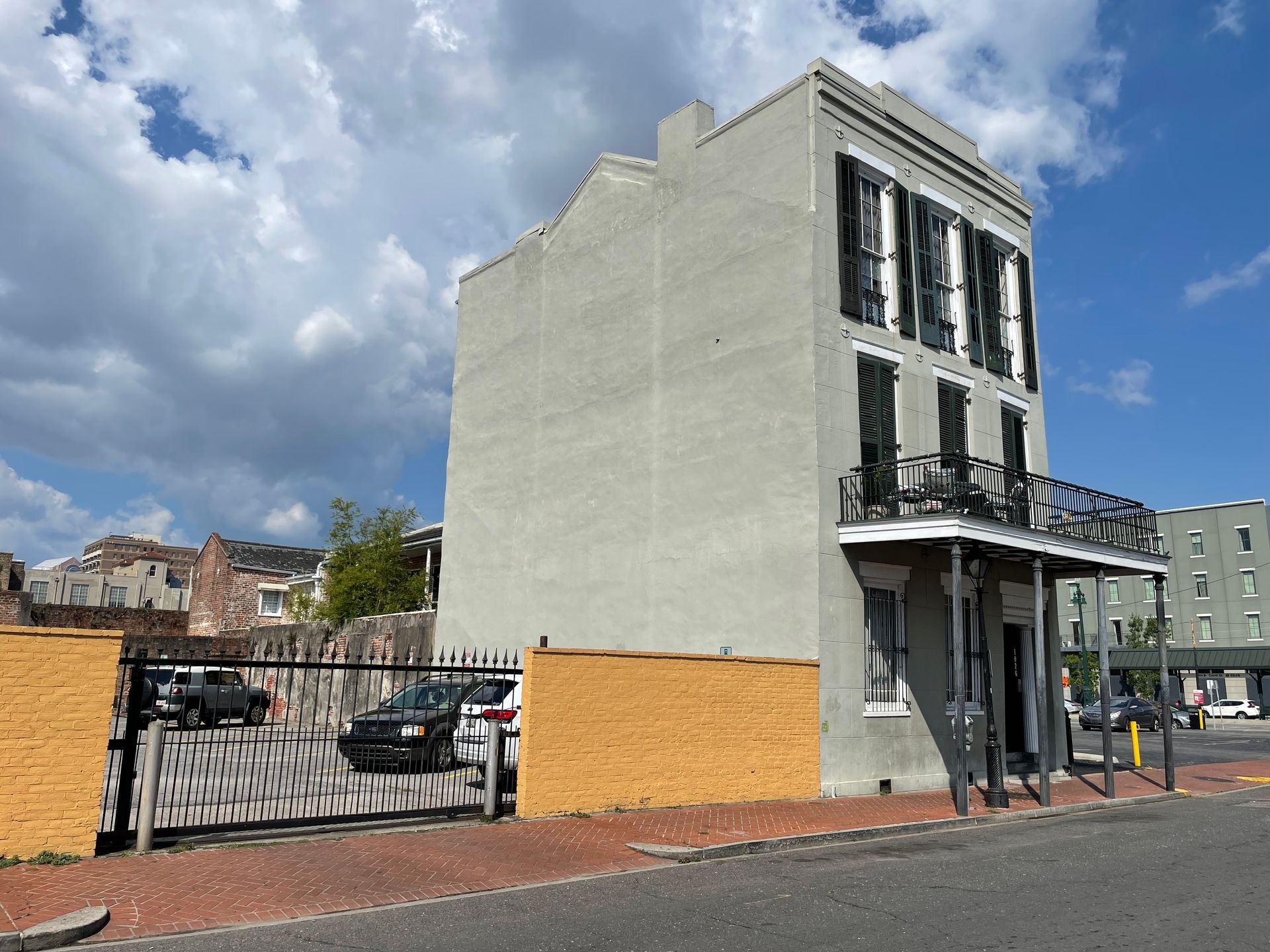
N orma Wallace, a name that evokes intrigue and fascination, was a prominent figure in New Orleans during the early and mid-20th century. As a powerful and resourceful madam, she operated a network of brothels that thrived despite the constant threat of law enforcement. Beginning in 1920, she would operate brothels for the next 45 years, a span that has not been beaten in the history of New Orleans.

